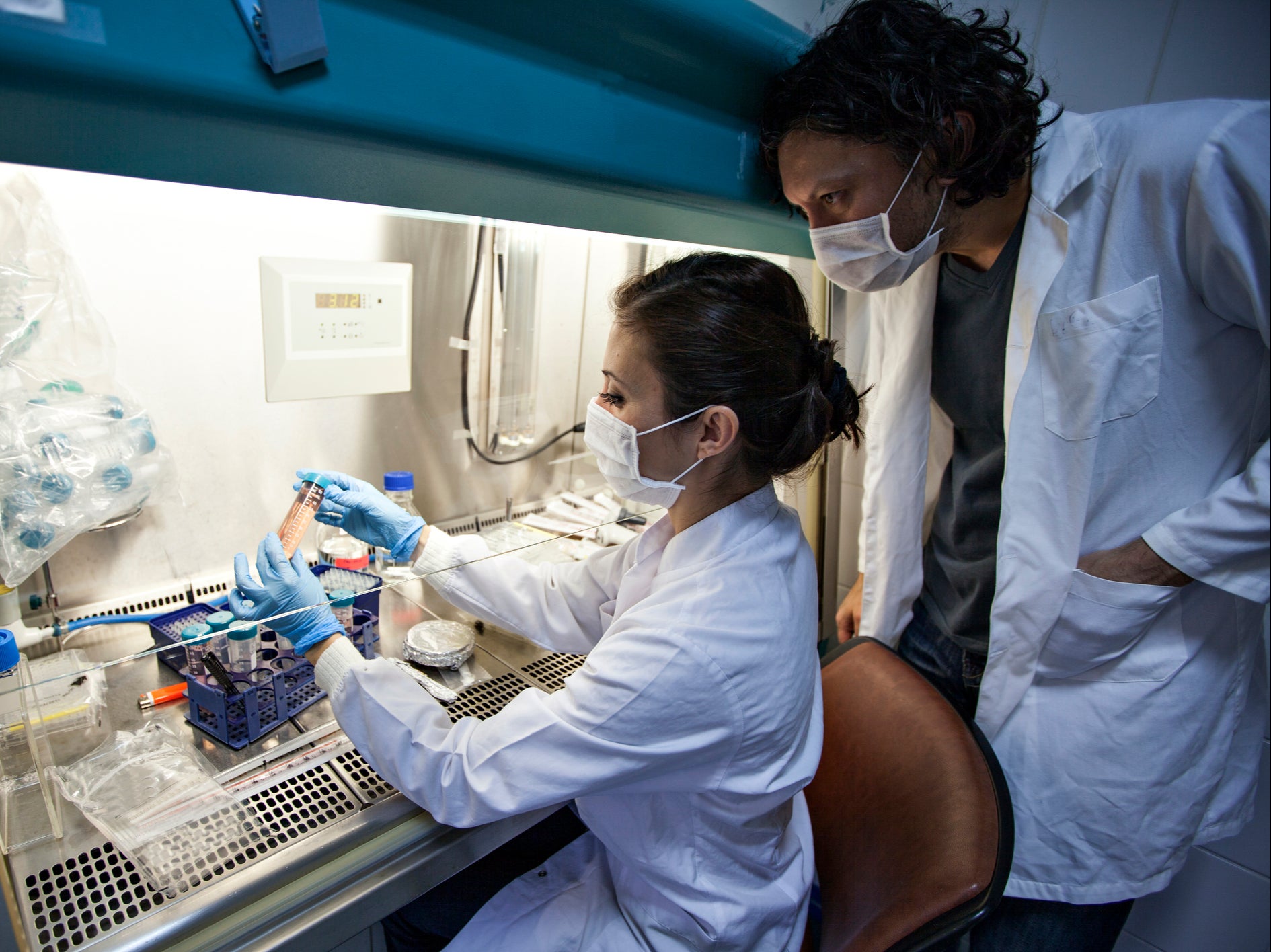UK man becomes second person ever cured of HIV
No active viral load detected in Adam Castillejo’s body since he was declared free of HIV last March

A 40-year-old man from London is believed to have become the second person in the world to be cured of HIV.
Adam Castillejo remains free of the virus 30 months after he stopped anti-retroviral therapy, doctors said.
A stem-cell treatment he underwent for a cancer also cured him of HIV, according to study published in medical journal The Lancet.
The first person cured of HIV was Timothy Brown, intially known only as the “Berlin patient”, in 2011. He received a similar treatment and was found to be free of the the virus after three-and-a-half years.
Donors of the stem cells received by Mr Castillejo have an uncommon gene that gives them protection against HIV.
Mr Castillejo, now known in the medical commuity as the “London patient”, has no detectable active HIV viral load in his blood, semen or tissue. He was declared free of the virus just over a year ago.
According to scientists, stem cell transplants appear to halt the virus’s ability to replicate itself inside the body by replacing the patient’s own immune cells with donor ones that resist the infection.
Tests carried out on Mr Castillejo suggest 99 per cent of his immune cells have been replaced by donor ones.
Lead researcher Professor Ravindra Kumar Gupta, of the University of Cambridge, told BBC News: “This represents HIV cure with almost certainty. We have now had two and a half years with anti-retroviral-free remission.
“Our findings show that the success of stem-cell transplantation as a cure for HIV, first reported nine years ago in the Berlin patient, can be replicated.”
However, the “high-risk” stem-cell treatment is aggressive and was primarily used to treat the patient’s cancers, not their HIV.
Existing HIV drugs remain highly effective and enable people living with HIV to live long and healthy lives.
Prof Gupta said the treatment is “only used as a last resort for patients with HIV who also have life-threatening haematological malignancies”.
“Therefore, this is not a treatment that would be offered widely to patients with HIV who are on successful anti-retroviral treatment,” he said.
There is also no absolute certainty that Mr Castillejo or Mr Brown’s HIV will never return, as both patients still have remnants of the virus in their bodies.
Mr Castillejo told the New York Times: “This is a unique position to be in, a unique and very humbling position.
“I want to be an ambassador of hope. I don’t want people to think, ‘Oh, you’ve been chosen.’
“No, it just happened. I was in the right place, probably at the right time, when it happened.”





Join our commenting forum
Join thought-provoking conversations, follow other Independent readers and see their replies
Comments